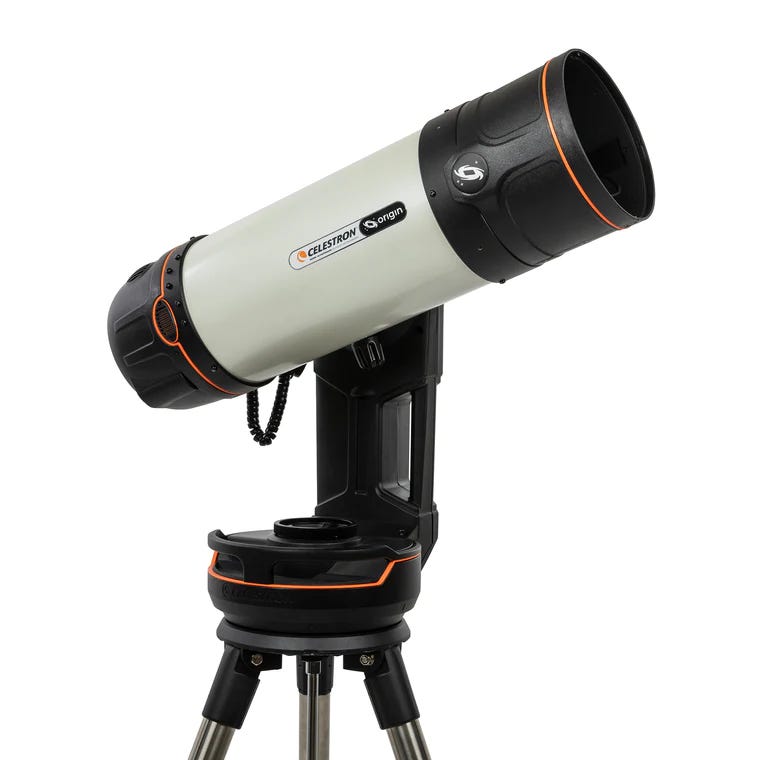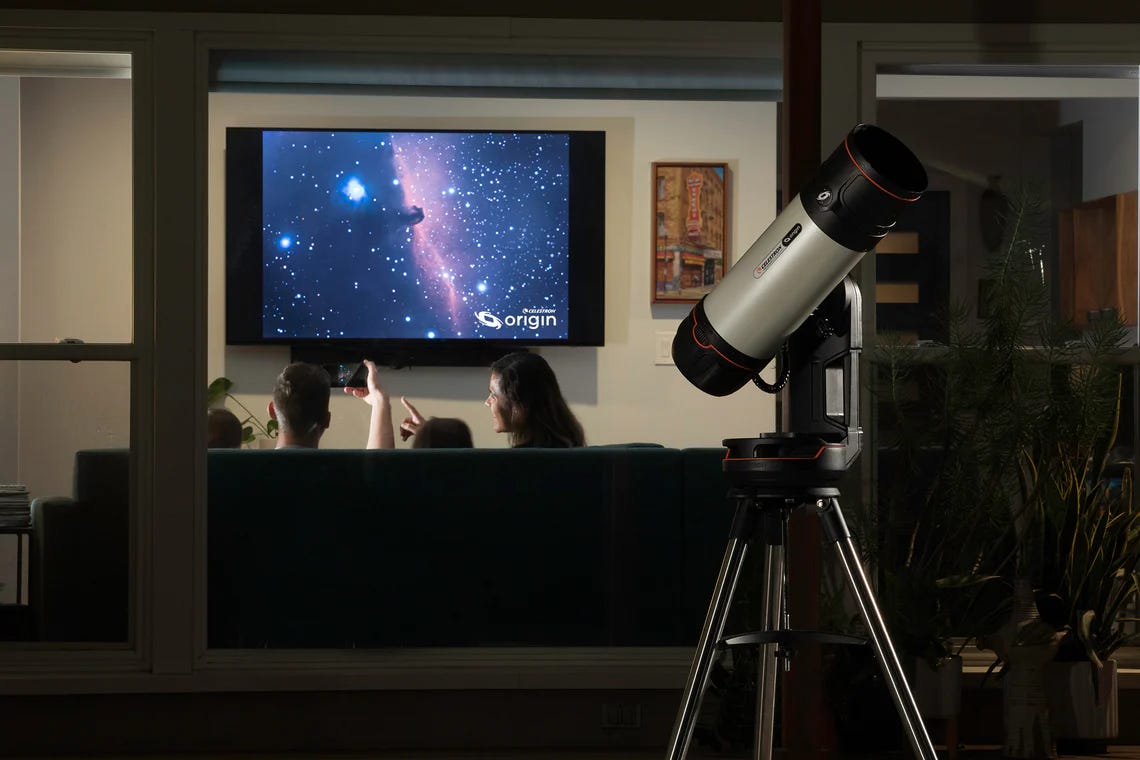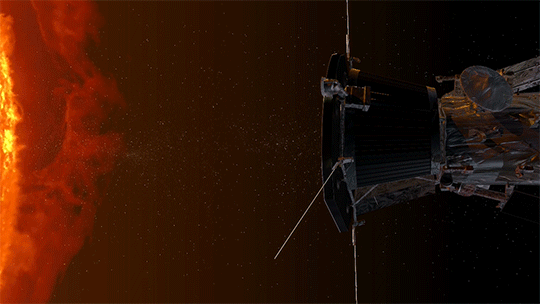The Planet Found with Pen and Paper
Discover how a planet was predicted into existence using pen and paper.
In the early 1800s, astronomers noticed Uranus, the seventh planet, was acting strangely. Its orbit wobbled, defying the laws of gravity. This cosmic puzzle led them to an audacious idea: another planet, unseen but influencing Uranus from afar.
Enter Urbain Le Verrier, a brilliant mathematician who believed he could solve this celestial riddle. Using only pen and paper, he meticulously calculated the position of this hidden world. His prediction – a new planet, in a specific patch of sky – sent shockwaves through the scientific community.
Across Europe, astronomers scrambled to find this elusive planet. Among them was Johann Gottfried Galle, who, on a fateful night in September 1846, trained his telescope towards Le Verrier's predicted location. After hours of searching, a faint, moving object emerged – Neptune, the eighth planet, revealed not by sight but by the power of mathematics.
This discovery marked a turning point in astronomy. Neptune became the first planet found through prediction, a testament to the human mind's ability to unravel the universe's secrets.
News from above
NASA Scientists Open Capsule with Asteroid Dust from OSIRIS-REx
NASA's OSIRIS-REx, journeyed to the ancient asteroid Bennu to crack the secrets of our solar system's birth and maybe even understand how life got started on Earth. After arriving in 2018, it spent months mapping Bennu's surface. Then, in a thrilling move, OSIRIS-REx executed a touch-and-go (TAG) maneuver and scooped up some rocky souvenirs in October 2020, grabbing more than expected!

The sample finally landed in Utah's desert in September 2023. The outer capsule popped open easily, but the inner container holding the precious asteroid dust was stuck tight for over 3 months. After some tense tinkering, scientists finally cracked it open, revealing a treasure trove of ancient material that could unlock secrets about the early solar system and maybe even the origins of life! The spacecraft’s journey isn't over yet, it's already on its way to another asteroid.
Read full story at NASA’s blog
SpaceX’s 300th Successful Mission 🚀

On January 14 2024, a SpaceX Falcon 9 rocket sent 23 Starlink satellites to orbit, marking the company's 300th successful mission to date. In about 8 minutes after liftoff, the first stage landed back on Earth on a ship stationed in the Atlantic Ocean. According to SpaceX, this was the 12th launch for this first stage booster.
The launch took place as part of SpaceX's ongoing efforts to provide global broadband coverage through its Starlink project. The satellites, equipped with advanced technology, aim to enhance internet connectivity in remote and underserved areas worldwide. This successful deployment marks another step forward in SpaceX's mission to create a high-speed, low-latency global internet network.
Read full story at Space.com
Celestron Announces an Intelligent Telescope at CES 2024

On January 8 2024, Celestron has unveiled “Celestron Origin”, world’s first intelligent home observatory, as quoted by the manufacturer. With its smart features, Celestron Origin promises an interactive stargazing experience, allowing users to explore celestial objects with ease. The telescope incorporates advanced technology to simplify the stargazing process, making it accessible for both beginners and seasoned astronomers.
Here’s the cool part:

Yes, you saw that right - stargaze from the comfort of your couch. Origin can capture celestial objects in real time and cast them to device of your choice — smartphone, tablet or even TV. You can even schedule the stargazing while you sleep, and telescope will save the images for you to see them the next morning. 🤯
Celestron's new offering aims to make astronomy more enjoyable and engaging for individuals passionate about exploring the mysteries of the universe.
I am just diving into the world of telescopes, and Celestron caught my eye. Let me know in the comments, if you have suggestions for a good telescope.
Read full story at Space.com
Parker Solar Probe: Closest Encounter with the Sun in History Coming in 2024

NASA's Parker Solar Probe, named for the visionary astrophysicist Eugene Parker, is humanity's first daring dive into the Sun's fiery atmosphere. Launched in 2018, it's already completed 18 close approaches, unlocking mysteries about the solar wind and solar flares.
But get this: in December 2024, Parker Solar Probe will make history by skimming the Sun's scorching corona at a record-breaking distance of 6.2 million kilometers (closer than Mercury!), reaching a mind-blowing speed of 195 km/s (435,000 miles/h). The real need for speed! 🏎️
Why this matters: By studying the Sun up close, Parker Solar Probe is piecing together the puzzle of its behavior, critical for understanding the solar system and protecting our planet from harmful space weather.
Read full story at Interesting Engineering
A Purrfect Leap for Catkind
NASA just sent back a crystal-clear video of a cat named Taters from a whopping 30 million kilometers away using laser beams! This "meow-gical" feat, achieved by the Jet Propulsion Laboratory (JPL), marks a giant leap in space communication.
Say goodbye to slow radio signals! This laser tech transmits data 100 times faster, beaming Taters' video in real-time across nearly 30 million kilometers. It just took 101 seconds to transmit the video, much faster than current space tech!
Hitching a ride on NASA’s Psyche mission, the laser communications demo is proving its worth. It's already tested data transmission over distances comparable to Mars, paving the way for faster, clearer communication in deep space.
As you can see, the video includes added graphics that highlight various aspects of the tech demo, such as Psyche's orbit, Palomar's telescope dome, and technical details about the laser and its data bit rate. Additionally, Taters' heart rate, color, and breed are presented in the display.
Read full story at NASA JPL
New Paper Suggests Presence of Rogue Planets in Outer Solar System
The space beyond Pluto stands as the ultimate frontier, yet to be explored by humans. Given its significant distance from the Sun, our existing technology faces challenges in capturing the mysteries of this distant region. This only heightens our curiosity, leaving us to ponder about the potential discoveries that await exploration in this distant realm.
A recent study by Amir Siraj, published in The Astrophysical Journal Letters, proposes a fascinating possibility – rogue planets, celestial nomads drifting through space, might be lurking in the darkness beyond Pluto. These elusive worlds, untethered to any star, could have been captured by the Sun's gravity and become part of our cosmic family.
Siraj estimated the number of rogue planets in the Milky Way and the percentage of stars capable of capturing them to determine the likelihood of the Sun capturing one. His calculations suggest there may be about 1.2 planets with a mass greater than Mars, approximately 2.7 with a mass similar to Mars, and around 5.2 with a mass comparable to Mercury.
It's a tantalizing notion – a new planet, born elsewhere, now a silent neighbor in our cosmic backyard. While still theoretical, the possibility adds a thrilling layer to our understanding of the universe.
You can find the full paper on The Astrophysical Journal Letters
Mystery of the Week
Life on Earth — A Rare Occurrence in the Vastness of the Universe?
In the vast cosmic expanse that stretches far beyond our blue planet, the question of life beyond Earth has intrigued humanity for centuries. As we gaze up at the night sky, dotted with stars and distant galaxies, a sense of curiosity envelops us, and we can't help but wonder: Is life a common occurrence in the universe, or are we, the inhabitants of Earth, truly alone?
Despite the vast universe teeming with countless stars and galaxies, we haven't found any clear signs of life beyond Earth. This baffling silence hints that complex life like ours might be a rare gem in the cosmic ocean. This enigma has led scientists to consider the possibility that life, as we know it, might indeed be a rare phenomenon.
Enter the Rare Earth Hypothesis, a fascinating concept that proposes the conditions necessary for complex life to evolve are exceptionally rare in the universe. Coined by palaeontologist Peter Ward and astronomer Donald Brownlee in their book "Rare Earth: Why Complex Life is Uncommon in the Universe", this hypothesis challenges the assumption that life should be widespread in the cosmos and suggests that a delicate balance of factors is necessary for a planet to foster life as we know it.
Distance from the Sun
Our planet, is situated within a narrow habitable zone, often referred to as the “Goldilocks zone”, where conditions are just right for the existence of liquid water—a fundamental requirement for life as we know it.
Size of the planet
Earth's size is crucial. Too small, and it wouldn't hold onto an atmosphere or liquid water. Too large, and it might become a gas giant unsuitable for life as we know it. Earth's size allows for a diverse biosphere with a range of climates and habitats.
A Stable Climate
The presence of a relatively large moon, plays a crucial role in stabilising Earth’s axial tilt, preventing drastic fluctuations in climate. Thus allowing life to flourish over billions of years.
The Stability of our Sun
Our Sun, unlike many stars, is a steady burner. It's been stable for billions of years, giving life on Earth a chance to take root and flourish. Other stars can be moody, with wild swings in brightness and bursts of harmful radiation. Not exactly the best recipe for life.
Magnetic Field
Earth's invisible magnetic field is like a shield, deflecting dangerous solar radiation that could fry life as we know it. If it weren't there, things would get rough for plants, animals, and even you and me! Thankfully, this magnetic force field guards our planet, keeping things safe and cozy for life to thrive.
Abundance of Oxygen
Complex multicellular life as we know it requires oxygen for respiration. Earth's oxygen-rich atmosphere, produced by photosynthetic organisms, provided the fuel for complex life's evolution and expansion.
Jupiter’s Shielding Role
Jupiter acts as a celestial vacuum cleaner, deflecting asteroids and comets that could potentially wreak havoc on Earth's biosphere. This protective role makes our planet a safer haven for life to flourish.
As we contemplate the Rare Earth Hypothesis, it's worth considering the vast number of exoplanets discovered by telescopes like Kepler and TESS. These distant worlds, some resembling Earth in size and composition, raise hopes for the potential discovery of extraterrestrial life. However, the conditions necessary for life to emerge and evolve are undoubtedly complex and still not fully understood.
In conclusion, as we marvel at the beauty of the night sky and the mysteries of the cosmos, the question of life's rarity in the universe lingers. The Rare Earth Hypothesis serves as a humbling reminder that, despite the countless stars and planets scattered throughout space, the conditions necessary for life as we know it may be exceedingly uncommon.
As humanity continues to explore the cosmos, the possibility that we are alone in the vastness of the universe adds an extra layer of curiosity to our cosmic contemplations. Perhaps, in our quest for understanding, we may one day uncover the secrets of life beyond our pale blue dot.

